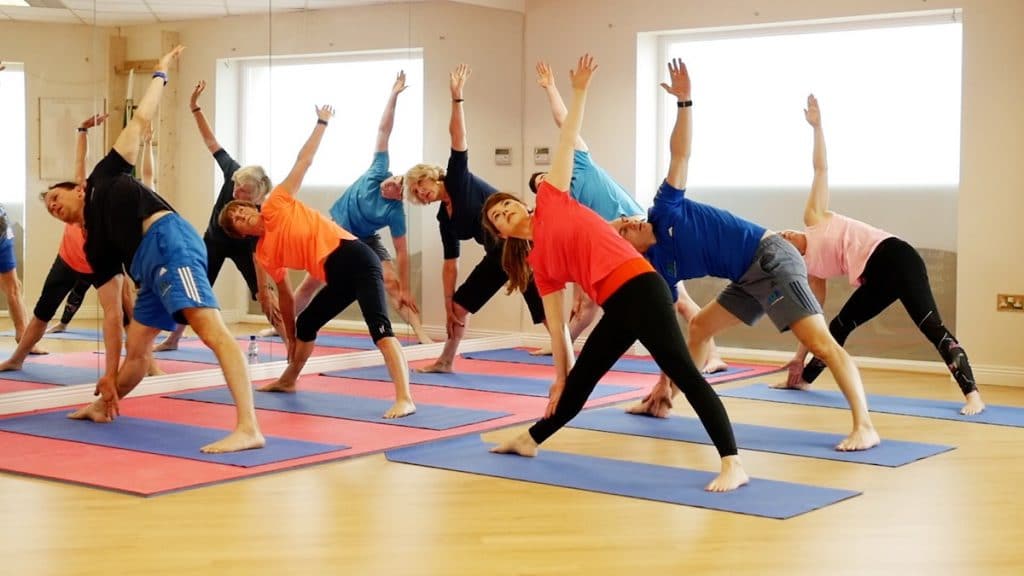
Movement is medicine (and we all need more of it!)
The above phrase really sums up in three words, a common theme that is slowly becoming an accepted part of everyone’s daily lives.
Movement—from smallest of movements like fidgeting, low-impact aerobics to interval training—can prevent some diseases, ease the symptoms of others, and even cause a reversal of some chronic conditions.
What the science says:
General physical activity (which includes walking, house work and gardening) has been consistently shown to decrease arthritis symptoms by around 40%. This is important as this condition affects a ¼ of all adults.
Exercise decreases the risk of you developing type 2 diabetes. Specifically, following the public health guidelines of doing 5 x 30 minute bouts of moderate exercise per week can reduce your risk of developing type 2 diabetes by 26 percent. This is based on data from quite a large study which had a sample size of over a million people. Any amount of exercise, however, was helpful in reducing risk. (Source: Wilkernet/Pixabay)
Finally and not to be alarmist, but sitting too much for too long increases the risk of dying early! So how is this possible? Well, sitting for prolonged periods reduces blood flow to the legs and increases the risk of heart disease by accelerating the build-up of plaque in the arteries. Constant sitting also puts people at higher risk for diabetes, depression, and obesity…….Now enough of that depressing stuff, let’s talk solutions!
Get moving!
The human body is meant to move, a lot and in many different ways. However, in recent decades we have started to move less and sit more.
- How much of your day do you spend sitting down?
- How much of your day do you spend doing the same tasks, putting your body in the same positions?
- Now, how much of your day do you put your body in the positions a child playing in the park would be?
As previously mentioned lack of movement variability is a major cause of stiffness and can lead to many common injuries and pains. So, we’ve clarified we need to start moving more in various ways. This should be done by gradually exposing our body to specific movements/exercises that we don’t usually put it into – a gradual progression through movement variation.
Although natural static postures don’t necessarily lead to injury and pain, some can predispose you to sub-optimal movement patterns.
People often have sub-optimal movement patterns even when their natural posture doesn’t play a role. These sub-optimal movement patterns definitely can lead to pain/injury.
So, back to our solution. You need to move in various ways with optimal movement patterns.
Luckily, our Movement Revolution class is designed to take you through that exact process. This physio-led class is a mix of Pilates/Yoga/Functional Strength exercises to maximise movement variability and leave you strong, flexible and pain free.
We also offer Physio led Pilates classes which are an excellent combination of strength, mobility, coordination, breathing and balance.
So pick your medicine and get moving!!
Written by Luke Gibbons 4.2.2022